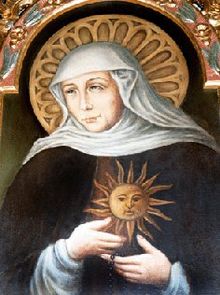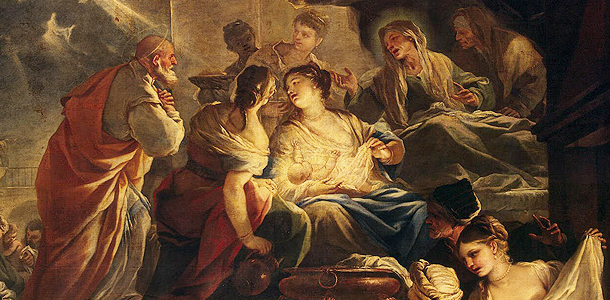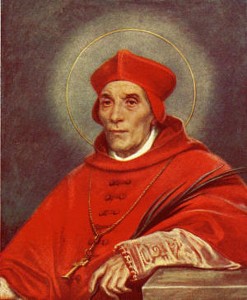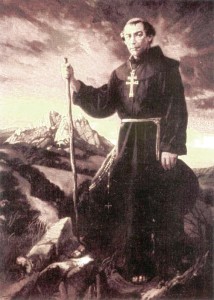
St. Junipero Serra (1713-1784)
Image: Tinh Than
Just after Canonizing the first Saint of Sri Lanka St. Joseph Vaz, Pope Francis announced that he would also be Canonizing the first Saint of California–Blessed Junipero Serra, in 2015
“We are grateful to our Holy Father Pope Francis for this gift to California and the America’s,” said Archbishop Jose Gomez of the Archdiocese of Los Angeles, in a 2015 statement — “Its wonderful to think that this new Saint once walked the road that is now the Hollywood Fwy and called it El Camino Real: The King’s Highway.”
St. Junipero Serra was born on Spain’s island of Mallorca according to Franciscan Media and entered the Franciscan Order, taking the name of St. Francis’ childlike companion Brother Juniper. Until he was 35, he spent most of his time in the classroom, first as a student of theology and then following his Ordination as a professor.
Suddenly he gave this all up and followed his yearning that had begun years before when he had heard about the missionary work of St. Francis Solanus in South America — Fr. Junipero’s desire was to evangelize the native people of Mexico and California and he established the first 9 of California’s 21 Missions, used to teach American Indians Catholicism and learn new skills such as growing crops and raising livestock that would help improve their standard of living.
Dubbed ‘The Evangelizer of the West in the United States,” by Pope Francis, St. Serra was most known for his zeal and determination, both physically and spiritually.
St. Junipero Serra missionary motto has been described as, “Never turn back.” According to several reports, once Fr. Junipero landed on Mexico’s shores with his companions, he insisted on walking the more than 200 miles to Mexico City. During this trek, Fr. Junipero suffered an infected insect sting on his leg that would affect him for the rest of his life. — Fr. Juniper’s fierce determination, also led him to baptize more than 6,000 people and confirm another 5,000
Fr. Junipero reputation as a ‘Great Evangelizer’ of his time is on par with several other Saints Canonized by Pope Francis, including the recent St. Joseph Vaz of Sri Lanka, St. Peter Faber of France, St. Jose Anchieta of Brazil, together with St. Francois de Laval and St. Marie of the Incarnation of Canada.
According to Gregory Orfalea, author of Journey to the Sun: Junipero Serra’s Dream and the Founding of California, “evangelization is one of the several things Blessed Junipero and Pope Francis have in common.
“Serra talked about how Faith seemed to have dried up in (Spain) Mallorca,” Orfalea said in an email interview. “The Native Americans surely resurrected it. So evangelizing for both Pope Francis and Padre Serra was a two-way street of redemption.”
Similarly, both Pope Francis and St. Junipero Serra, experienced success in the academic world but preferred to be in the streets serving the poor, Orfalea said. They also came from similar backgrounds in religious orders.
“I sometimes think (Pope) Francis is a Franciscan Jesuit and (Junipero) Serra a Jesuit Franciscan,” Orfalea said.
Pope Francis had waived the customary requirement of a second miracle in the Canonization cause of St. Junipero Serra — Beatified by Pope Saint John Paul II in 1988, Blessed Junipero Serra’s first miracle was the inexplicable cure of a dying Nun with kidney failure in St. Louis in the 1960s — Pope Francis announced that the Canonization of Blessed Junipero Serra would take place during the Holy Father’s visit to the United States in September, 2015
More here from USCCB
Related: On The Mercy of God – A Spiritual Meditation from the Writings of St. Junipero Serra
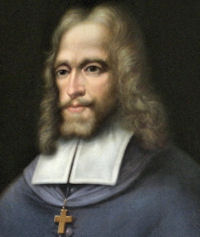

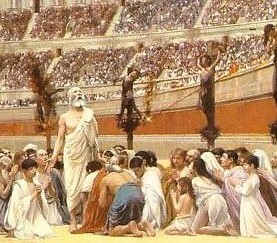
 Feasts of Saint’s Peter & Paul –Image Courtesy: Vatican
Feasts of Saint’s Peter & Paul –Image Courtesy: Vatican 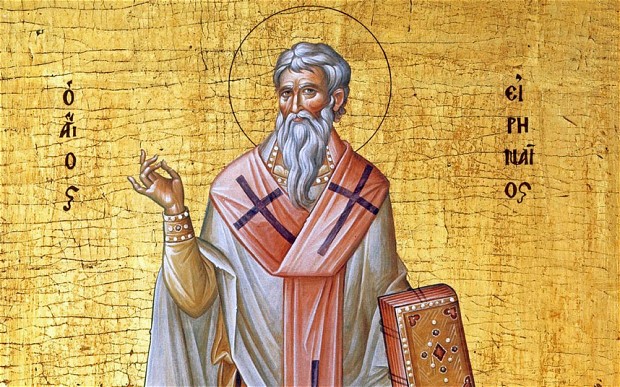 St. Irenaeus “The Glory of God is Man Fully Alive” –Image:
St. Irenaeus “The Glory of God is Man Fully Alive” –Image: 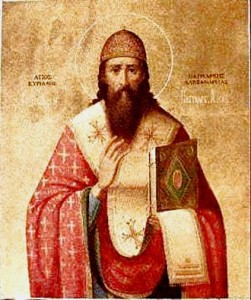
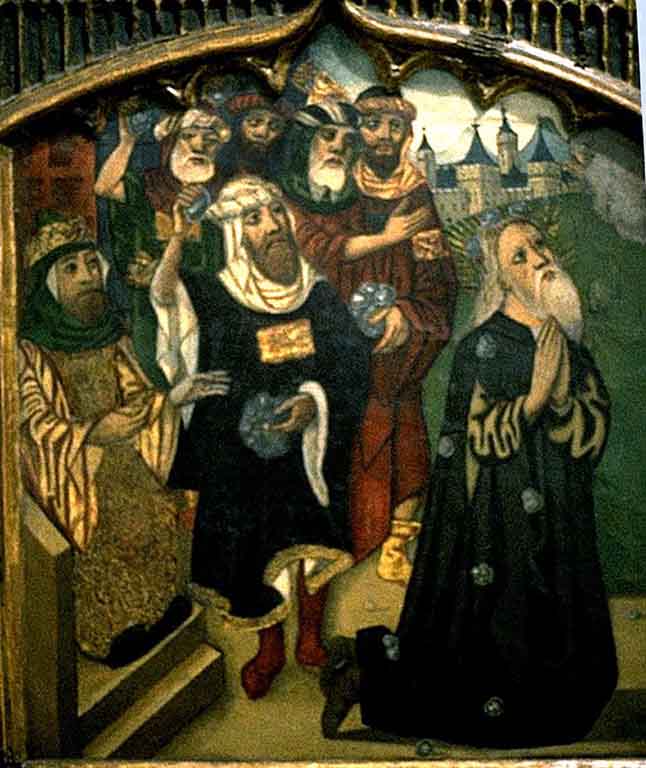 Because of Catholics Like Raymond Lull (1235-1315) –Patheos.com
Because of Catholics Like Raymond Lull (1235-1315) –Patheos.com 